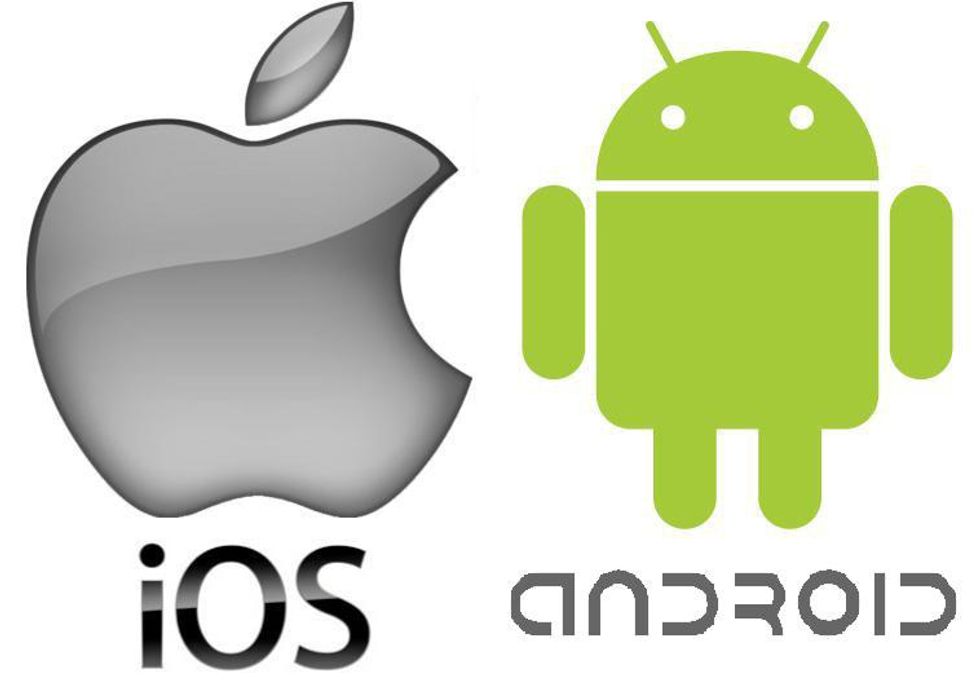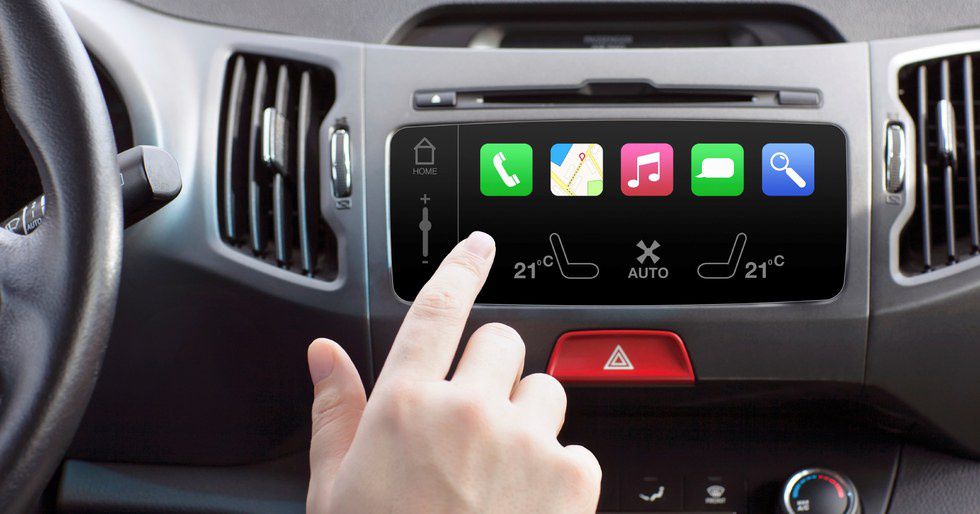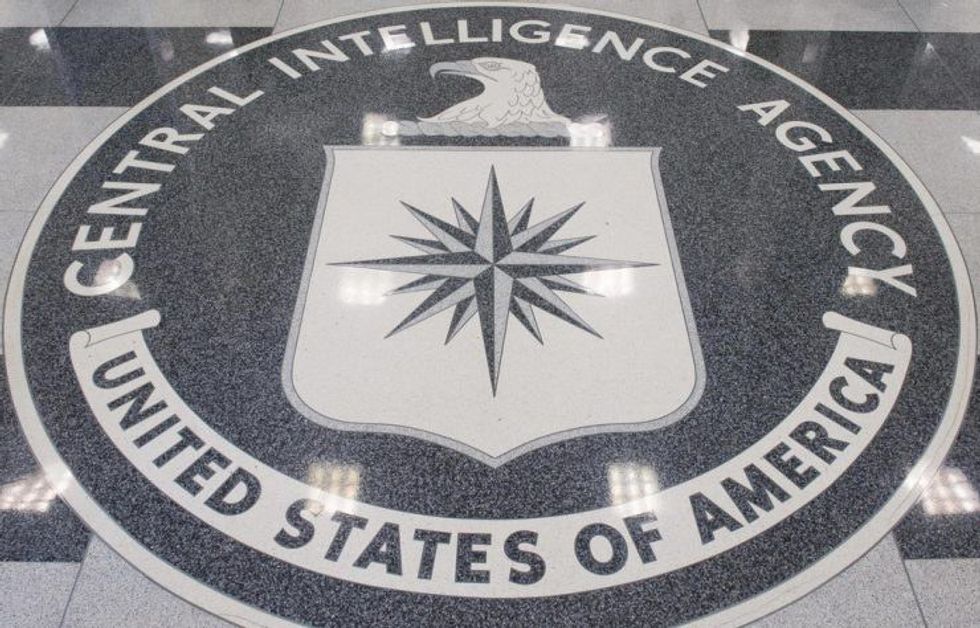WikiLeaks “Vault 7” has been labeled as the largest publication of confidential CIA documents. It has unveiled to the worldwide web an overwhelming amount of information regarding the CIA’s activity from 2013 to 2016. Even Edward Snowden, himself, has voiced his thoughts on the issue. WikiLeaks has not done us the favor of digging through the piles of information and interpreting the intricate and extensive notes and reports into laymen's terms.
Instead, they encouraged the internet to take matters into their own hands and discover the information themselves. In response to this revelation, the CIA has refused to make a comment on the authenticity of these publications, however, it made it abundantly clear that all its surveillance is intended for foreign threats not domestic concerns. WikiLeaks claims that the over 8,000 published documents released are only 1 percent of the information it has on hand. It has dubbed the initial posts as “Year Zero.”
According to WikiLeaks, these publications have “been circulated across former U.S. government hackers and contractors in an unauthorized manner.” The greatest concern is that although the CIA has assured us that they do not plan to use it on a local level, there are surely individuals and groups with access to these documents that could potentially use the information on U.S. citizens. Though more and more information is being processed daily from these documents, here are some of the most shocking so far.
1. Android and iOS Devices
According to Vault 7, the CIA has been able to tap into Android and iOS devices by accessing vulnerabilities in the lines of code that make up the system. In doing so, the claim that pops just before you send a text on WhatsApp assuring you that the text is encrypted could essentially be rendered null and void. The same applies to apps such as Telegram, Weibo and Signal. Hackers, such as the CIA, could bypass this encryption. Other features of this hack allow for the agency to remotely access the devices and even control them, having power over the camera and microphone.
2. Samsung Smart TV's
A project within Vault 7 called “Weeping Angel” is allegedly dedicated to making Samsung Smart TV’s into covert listening devices. The TV’s would be able to engage in a “fake-off mode," showing a black screen but still recording audio. The project also proposes improvements that could take video, as well.
3. Connected Cars
Another document states there are efforts to be able to hack into internet-connected cars and control them. The CIA describes these “vehicle systems” as “potential mission areas.” WikiLeaks has raised the possibility that this technology could be used for virtually undetectable assassinations.
4. Windows, OS X, and Linux Devices
Alongside, Androids and iOS devices, the CIA has apparently been working on malware that can find its way into computers and can “infect CDs and DVDs, write itself onto USB drives and hide in covert disk areas to avoid detection.” It seems that no connected technology is truly safe.
5. The UMBRAGE Group
WikiLeaks claims that the CIA's UMBRAGE group “maintains a substantial library of attack techniques 'stolen' from malware produced in other states including the Russian Federation.” Even by using the malware of other countries, the CIA could still “misdirect attribution by leaving behind the 'fingerprints' of the groups that the attack techniques were stolen from.” Essentially, any attempts by the U.S. to hack another country or government could be made to look like it was done by someone else.























